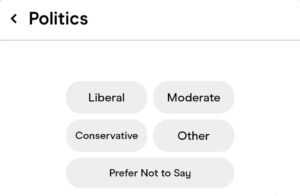The Cornucopia Institute’s Organic Soy Report and accompanying Scorecard rates companies that market organic soy foods, such as soymilk, tofu and “veggie burgers.” The scorecard rates most major brands based on 10 criteria that are important to organic consumers. The report separates companies that follow the spirit and letter of the organic law from those that do not rate highly or were unwilling to share their sourcing and production practices for the survey.
The Cornucopia Institute, a not-for-profit, progressive farm policy research group based in Wisconsin, has been acting as a consumer watchdog and monitoring how organic laws are enforced. This includes tracking how large food corporations follow or try to skirt organic food regulations.
If you take time to buy your food carefully with quality, safety, and the environment in mind, then you care whether soybeans are grown by American organic farmers, if the company supports organic agriculture by sourcing only organic soybeans, and whether they use loopholes in the organic standards to source cheaper, non-organic ingredients. Check the site for a description of why the survey focused on the questions it did. It also talks about why soybeans from China are a problem.
Worst of all, the report states that many “natural” soy food products use a chemical called hexane in processing. According to the report, “Hexane is strictly prohibited in organic food processing, but is used to make ‘natural’ soy foods and even some that are ‘made with organic ingredients,’ such as Clif Bars. Hexane is a neurotoxic petrochemical solvent that is listed as a hazardous air pollutant with the Environmental Protection Agency (EPA).”
Use the scorecard to shop better for yourself and your family. It’s one thing to just go to the store and buy based on low price. Once you’ve decided your health matters and you begin to read labels and adopt healthy eating patterns, it hurts to believe you bought an organic, ethically grown and produced food just to learn it was all marketing hype.
The issues are complex, but the scorecard is clear and the ratings are explained in detail. Read the study as carefully as you do labels and decide for yourself which soy products are up to your standards.

![Reblog this post [with Zemanta]](http://img.zemanta.com/reblog_c.png?x-id=680af385-1bf0-452b-b53a-c2d0761c6425)





Be First to Comment